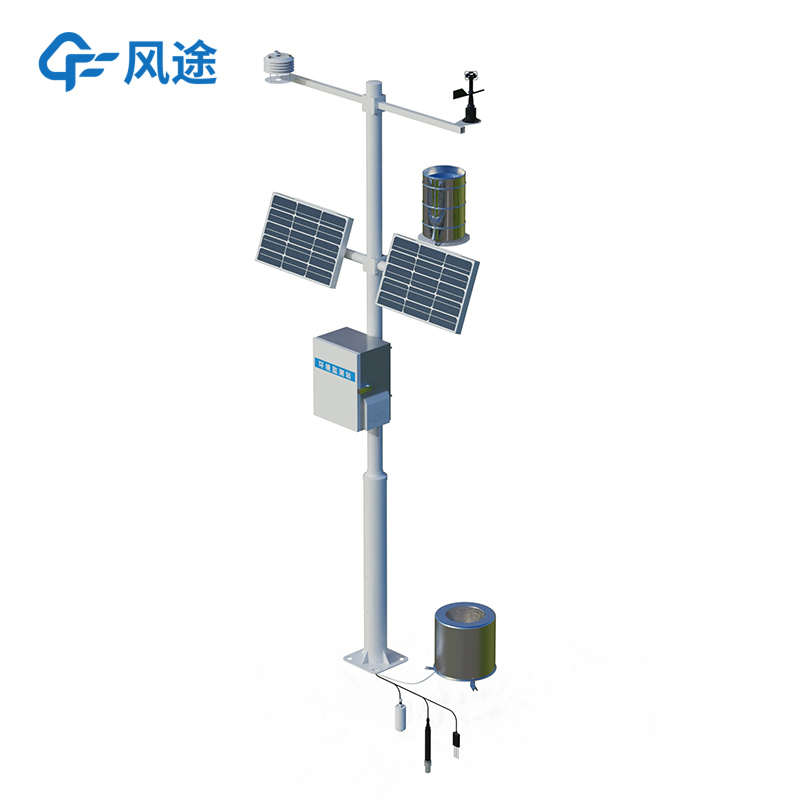Against the backdrop of the continuous advancement of the agricultural planting industry, the application frequency of Agricultural Weather Stations in various planting scenarios has been steadily increasing. The core value of such equipment lies in the accurate monitoring of meteorological elements during agricultural planting processes. By collecting precise meteorological data, it provides reliable reference information for agricultural production activities and drives the scientificization of planting decisions.
The work of Agricultural Weather Stations not only includes the observation of meteorological indicators and soil moisture but also requires the simultaneous implementation of agricultural biological observation in accordance with relevant specifications for agricultural meteorological observation. Through the analysis of observation data, it is possible to clearly identify which meteorological conditions are conducive to the growth and development of agricultural organisms and which have adverse effects. On one hand, it can directly provide service support for local agricultural production; on the other hand, it is required to submit observation data and various reports to higher-level operational and service departments in accordance with regulations. Based on the differences in the tasks undertaken, the World Meteorological Organization (WMO) classifies Agricultural Weather Stations into four categories: primary Agricultural Weather Stations, general Agricultural Weather Stations, auxiliary Agricultural Weather Stations, and specialized Agricultural Weather Stations. For each category of stations, specific standards for the number of staff allocated and the equipment equipped have been clearly defined.
From the perspective of practical installation and use, Agricultural Weather Stations have the advantages of flexible assembly and convenient installation. Staff can flexibly set up installation components according to the specific on-site environment and adjust the installation method based on the height of vegetation, without interfering with the normal growth of crops. The system adopts wireless communication technology for data transmission, and can be used independently or operate as a multi-station network. Data generated by all stations is centrally collected, processed, and analyzed through central station software, ensuring the efficiency and uniformity of data management.
Agricultural production is closely linked to meteorological conditions. A specific combination of elements such as light, heat, water, and air can form agricultural natural resources that are beneficial to a certain type of agricultural production, while an improper combination of elements may trigger agricultural disasters. After deploying Agricultural Weather Stations in the field, the equipment can record real-time data on various meteorological elements in the planting area. When heavy rain is imminent, the weather station can accurately monitor rainfall conditions. If the monitoring results show that the rainfall exceeds the suitable range for crop growth, staff can promptly take targeted response measures based on this data to reduce the adverse impact of heavy rain on crop growth.
In addition, Agricultural Weather Stations can also conduct comprehensive monitoring of multiple elements, including wind direction, wind speed, air temperature, relative humidity, atmospheric pressure, rainfall, solar radiation, photosynthetically active radiation (PAR), soil temperature, soil moisture, and water content. Relying on this monitoring data, researchers can in-depth analyze the temporal and spatial distribution patterns of agricultural natural resources and agricultural natural disasters. This, in turn, provides strong support for tasks such as formulating agricultural zoning, compiling agricultural plans, optimizing crop layout, artificially regulating farmland microclimate, and improving crop cultivation and management. Ultimately, through the scientific response to meteorological conditions, the yield of crops is effectively increased.

Article address:https://www.sqqx.net/en/news/733.html

 +86 15898932201
+86 15898932201



